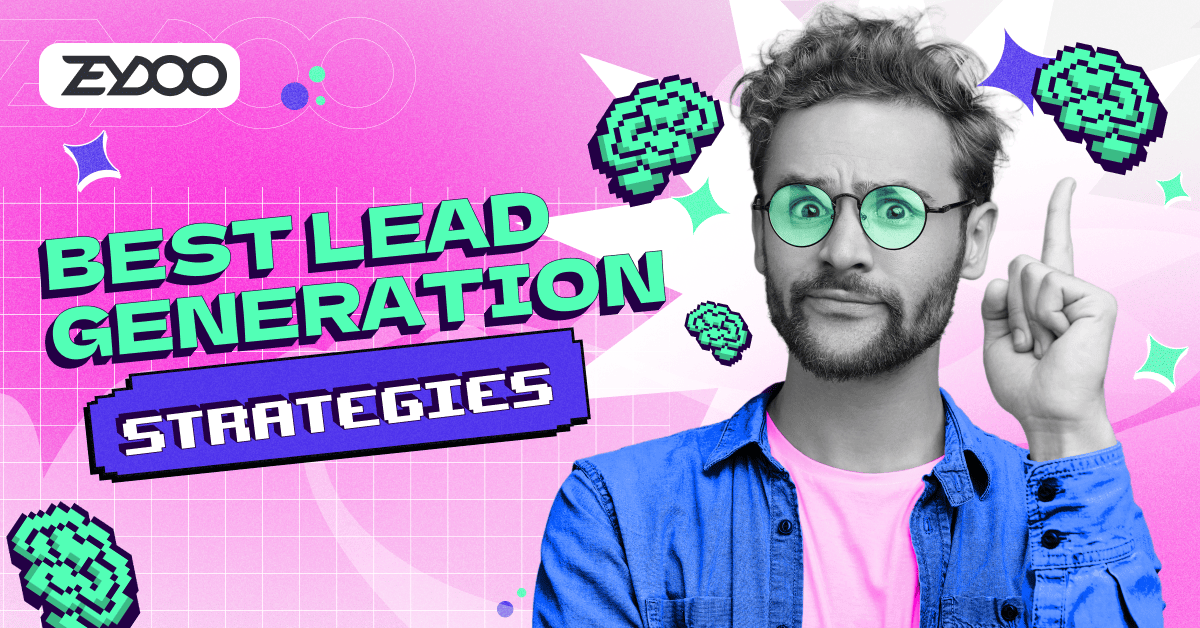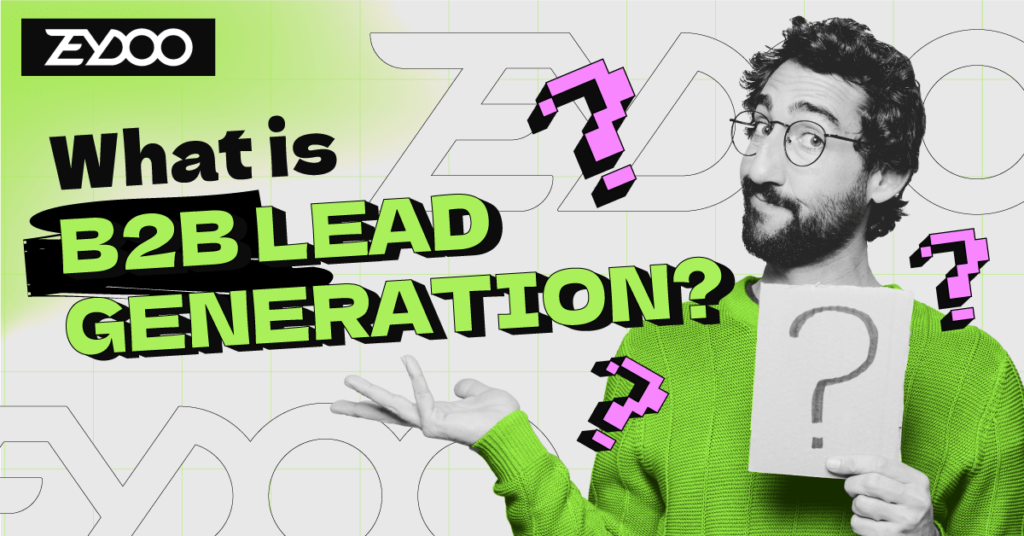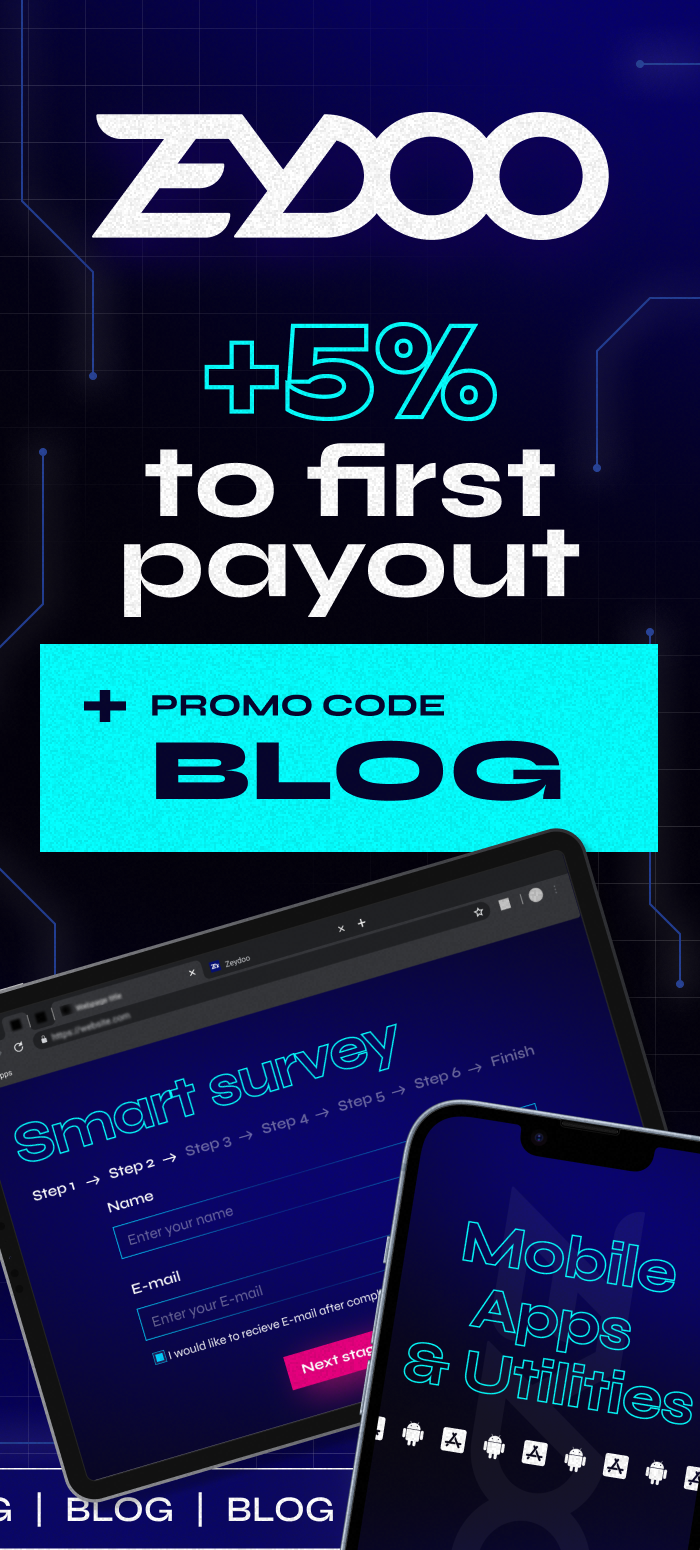You have a great product or service, but how do you market it? Here comes lead generation. Customers are important to every business’s success. Without them, everything else is irrelevant. Previously, buyers could easily locate your business online. However, your target audience is busy today, regardless of industry. It implies that you must take matters into your own hands.
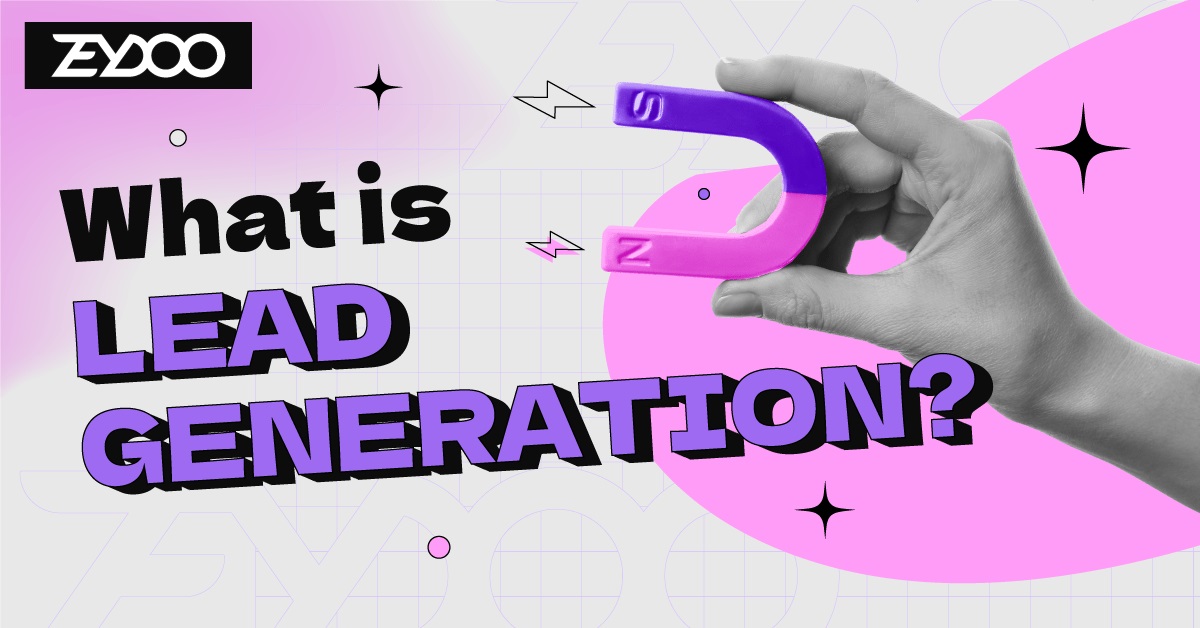
Lead generation is attracting and turning prospects into paying clients. It can be hard to engage your audience. So, to maximize ROI, you need solid lead generation strategies. A good lead generating strategy fills your sales pipeline. It highlights the brightest prospects. Without further ado, this article explores the best lead generation strategies.
Table of contents
Types of Lead Generation Strategies
There are three main types of lead generation. Let’s break them down below:
Inbound Lead Generation
Creating a friendly atmosphere attracts customers. Inbound lead generation brings customers to your brand. You can create content specifically tailored to attract your ideal customer. Design the content to encourage the prospect to take action. Doing this establishes a mutually beneficial relationship that leads to a purchase. The following are some ways to take this route.
Content Marketing
This powerful strategy can help your business reach its target audience and drive engagement. It involves creating valuable and relevant content. Consider various content types like blog posts, ebooks, how-to guides, and FAQs. Over time, search engines will index the content on your website. You will gradually see an improvement in your search result rankings for different keywords. Your audience matters most when generating content marketing materials.
Search Engine Optimization (SEO)
SEO is one of the best lead generation strategies. It boosts website exposure and organic traffic. Blogs and articles are great Google ways to find your brand. Optimize your website to soar to the top of organic search results and perfectly sync with search engine algorithms. Thus reaching your target audience more effectively. With SEO, you can bring in and convert a greater number of potential customers. SEO lead generation strategies may not incur any additional expenses.
Social Media Marketing
Think of this as having a vibrant social media presence, like a beehive buzzing with activity. Share interesting content, engage with potential customers, and make your hive look like the happening place to be. Using social media and content sharing or paid ads can help drive traffic. Amongst the lead generation marketing strategies, social media is a great tool. It also aids in nurturing leads and converting them into customers.
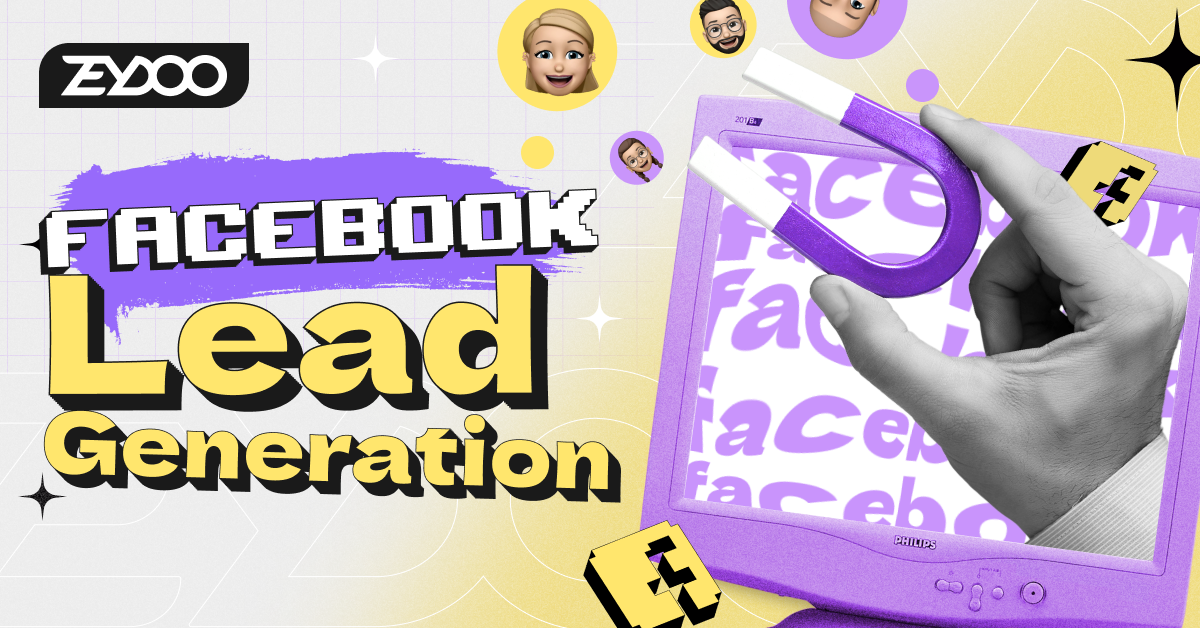
Outbound Lead Generation
This is where you take a more proactive approach. Like going out and politely introducing yourself to your prospects. Outbound is considered a more traditional approach to lead generation. Here are some commonly used outbound strategies:
- Cold Calling: This is the classic “hello, potential customer?” phone call. Cold calling entails contacting potential clients who may not know your brand. It can be effective, but make sure you have a genuine approach to connect.
- Cold Email: Using cold email is similar to cold calling, but it is done through email. Create captivating messages that capture their attention. Provide something of worth in return for their information.
- Social selling: Use social media platforms such as LinkedIn to establish connections with potential customers. It helps engage with prospective buyers who match your ideal customer profile.

In-person Lead Generation
Sometimes, it’s important to go out and interact with your prospects directly. Here are a few methods to accomplish that:
- Trade Shows and Events: Participating in exhibiting or sponsoring a booth at conventions and industry events. You can showcase your products or services and network with prospects. Doing this helps you attract leads and convert them on the spot.
- Networking: This involves engaging in local meetups and networking sessions. Meeting potential customers or referral partners is a great opportunity to connect and network. You can talk to people who might become buyers or refer others.

SEO Lead Generation Strategies and Examples
Since SEO-driven lead creation is so effective, let’s focus on it. There are different SEO lead generation strategies you can imagine. Without further ado, here are some effective SEO strategies:
Keyword Research and Optimization
Keyword research is crucial to SEO. It involves discovering search engine terms and phrases for information, products, and services. If done effectively, keyword research may power your online marketing campaign. Keyword research tools can find the best keywords for your website. Use these methods to increase traffic and sales. By doing so, our marketing efforts yield a great ROI.

On-page/Off-page SEO
On-page SEO optimizes websites for search engine rankings. It optimizes your website using keywords in titles, descriptions, and content. Search engines have a greater ability to comprehend your website and its contents. It assesses their relevance to a searcher’s query via on-page SEO techniques. On the other hand, off-page SEO seeks backlinks. Building backlinks from other authoritative sites is crucial for success.
Technical SEO
Technical SEO requires structuring and coding your site for search engines to comprehend and crawl. Site speed, mobile-friendliness, and indexability can boost your website’s visibility and ranks. Understanding how search engines crawl and comprehend your site is essential for optimal performance.
Example of a Successful SEO Lead Generation Campaign
Here is an example of a successful SEO lead generation campaign:
HubSpot Academy Blog
HubSpot Academy has a good deal of valuable blog posts, papers, and videos. These can help people who are new to the subject. They are very good at sales, customer service, and direct marketing. HubSpot focuses on keywords that people might look for when they want to improve their marketing.
Millions of people visit HubSpot Academy every month. Thus making it a useful resource for businesses of all kinds. This organic traffic results in a consistent flow of leads. These leads register for their free resources, webinars, and, eventually, their paid marketing software.
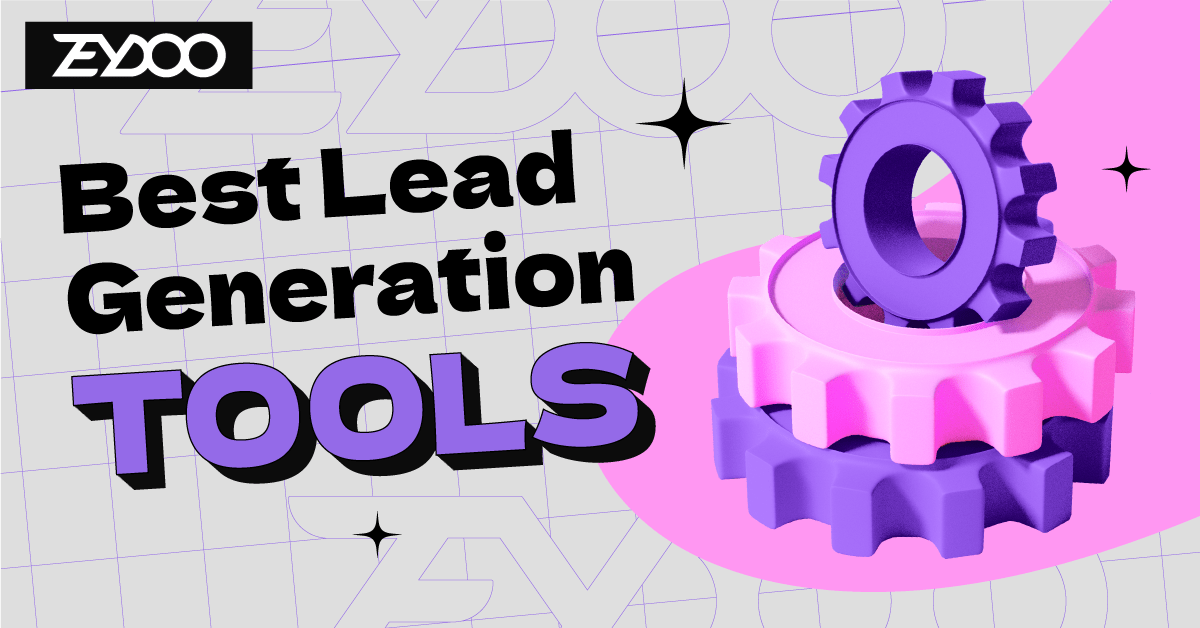
PPC Lead Generation Strategies and Examples
PPC advertising is often a faster way to generate leads upfront. You pay for prominent search engines and social media placement for your website or ad. Some common tactics used for lead generation include:
- Google Ads: Google Ads can deliver traffic to a targeted landing page. This easy method can help you reach your target audience. It effectively targets buyers.
- Social Media Advertising: It includes Facebook and Instagram ads. This is ideal for early brand recognition in sales. It performs well in cultivating potential customers.
- Remarketing Campaign: It entails advertising to past website visitors. Remarketing keeps brands visible. It guides your prospects toward making a purchase.
- Landing Page Optimization: Optimizing post-click landing pages’ content, design, and conversion pathways. This is the first destination your ads direct users to. So, it must be compelling to move prospects along the funnel.
- A/B Testing: Optimizing campaigns requires testing different ad wording and landing page designs. It aims to boost click-through and conversion rates.
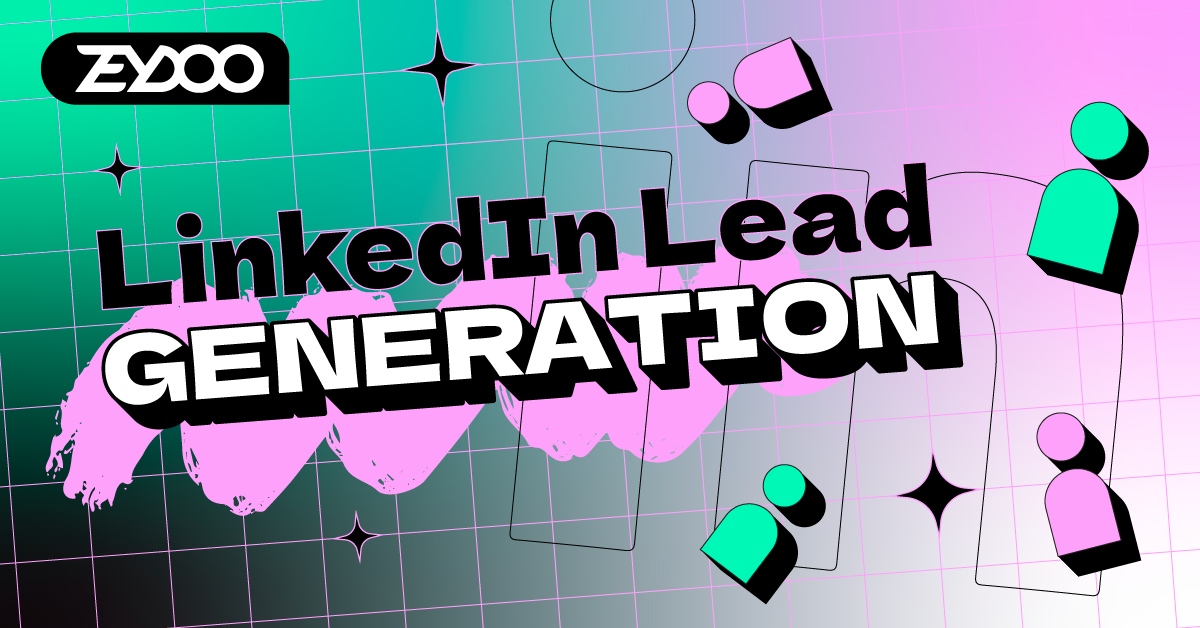
Example of PPC Lead Generation Strategies
HubSpot offers a great illustration of an effective paid lead generation strategy. They consistently implement lead nurturing campaigns using informative blog posts and engaging videos. They follow up with interested users by offering free tools and resources. Then, eventually introduce their marketing software products. It’s a highly efficient paid ads machine!

Measuring and Optimizing Lead Generation Efforts
After planting your flower bed and attracting butterflies, how do you know what’s working? Here’s where tracking and optimization come in. Understanding the ROI of lead generation marketing strategies is crucial. Thus, here are ways to measure your lead generation efforts:
Key Performance Indicators (KPIs)
There are several metrics to measure lead creation success. Consider website traffic, lead conversion rate, and customer acquisition cost. These measures involve tracking the number of prospects you attract and how many of them become regular visitors. It also measures the amount of effort required to attract them.
Analytics and Data Tracking
If you want to understand what is generating leads for your business, have the proper tracking and analytics in place. Otherwise, you’re simply lacking the necessary knowledge to determine what is truly effective. Tools like Google Analytics offer insight into your lead generation performance. It’s crucial to focus on establishing a solid tracking structure and thoroughly analyzing your data. It’s all about trying new things and gradually finding the most effective lead sources for your business.

Continuous Optimization and Testing
Small changes can improve lead quality and quantity over time. Regularly reviewing your lead generation metrics is an important aspect of continuous optimization. Then, adjust your strategies based on the data as if you were just starting. Using A/B testing to enhance lead generation efforts is key. It entails experimenting with multiple variations of a lead generation tactic to determine their respective performance.
Conclusion
That’s it—a simple guide on lead generation strategies. Remember that lead creation is an ongoing process. What works for one firm may not for another. Try different methods, track results, and modify. Rinse and repeat until you discover the ideal combination of strategies that resonate with your objectives.
Regardless of your level of experience, it is crucial to maintain consistency and continuously experiment. Whether you choose to focus on SEO or traditional networking, always measure your efforts. By doing this, you’ll be on your way to generating high-quality leads effortlessly.
